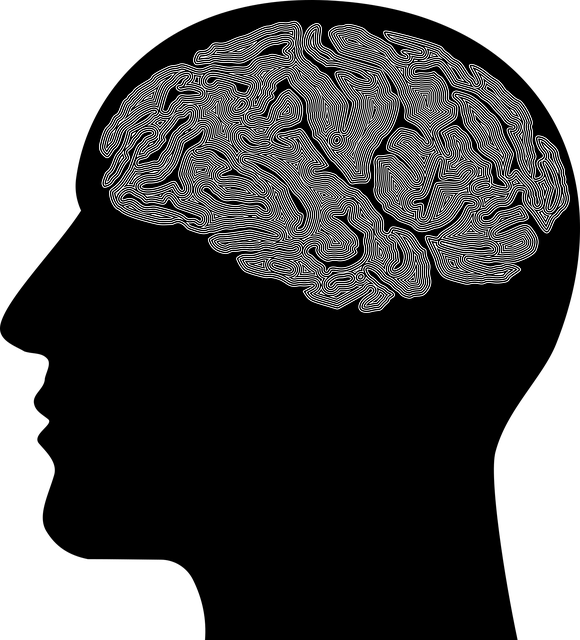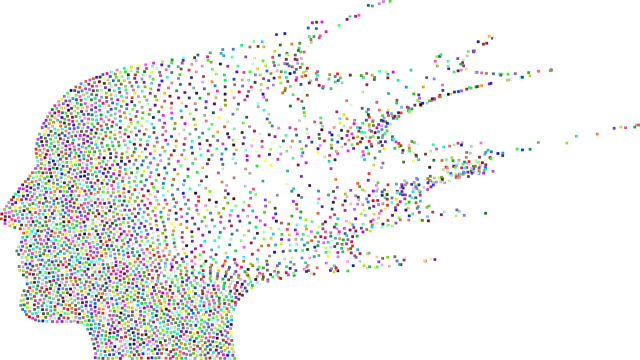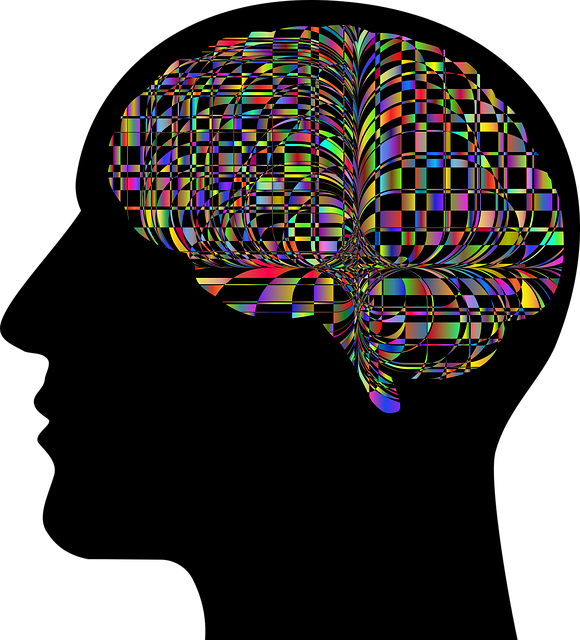Emotion regulation develops differently across age groups, with tailored techniques needed for adolescents (13-19 years) and the elderly (65+). For teens, engaging strategies like role-playing and games foster self-awareness. Elderly may benefit from mindfulness meditation, cognitive reframing, and relaxation exercises to manage stress and depression. Integrating therapy into daily routines through breathing exercises or group discussions promotes mental resilience across age groups. Case studies show effective outcomes in CBT for elders with depression and wellness coaching for adolescents, highlighting the power of early intervention and stigma reduction efforts.
Emotion regulation techniques are vital tools for managing mental health across different age groups. This comprehensive guide explores how to teach these skills, focusing on adolescents and elders. We delve into the unique challenges of helping teens and older adults navigate their emotions effectively.
From understanding age-specific needs to integrating therapy into daily lives, this article offers a roadmap for professionals and caregivers. Discover a range of techniques and real-world case studies showcasing successful outcomes in emotion regulation for adolescents and elders, empowering them to lead more balanced and fulfilling lives.
- Understanding Emotion Regulation for Different Age Groups
- Common Challenges in Teaching Teens and Elders
- Effective Techniques: A Comprehensive Guide
- Integrating Therapy into Daily Routines
- Case Studies: Success Stories from the Field
Understanding Emotion Regulation for Different Age Groups

Emotion regulation is a skill that develops differently across various age groups. For adolescents and teens, understanding and managing emotions is a crucial phase in their development. This age group often experiences heightened emotional responses due to hormonal changes and the process of identity formation. Thus, incorporating strategies for anxiety relief and stress reduction methods into their education programs can be beneficial. Mental health education programs designed with this demographic in mind should focus on teaching them to identify and express emotions healthily, regulate impulsive behaviors, and develop resilience.
As individuals age, therapy for elders may require a different approach. Elderly individuals might struggle with managing long-term stress related to physical health issues or significant life changes. Their emotional regulation techniques should include mindfulness practices, relaxation exercises, and cognitive reframing to cope with existential anxiety. These strategies enable them to navigate life’s challenges and maintain mental well-being.
Common Challenges in Teaching Teens and Elders

Teaching emotion regulation techniques can present unique challenges depending on the age group. When working with teens, a common hurdle is their tendency to resist authority and embrace immediate gratification. This makes it crucial for educators to employ engaging strategies that foster interest while teaching self-awareness and coping mechanisms. Teens often struggle with understanding and expressing emotions, so creative approaches like role-playing scenarios and interactive games can be highly effective in helping them develop emotional intelligence.
For elders, the landscape of emotion regulation shifts as mental health issues like depression and anxiety become more prevalent. Therapy for elders often requires a different approach due to age-related cognitive changes and physical limitations. Mindfulness meditation has shown promise in these cases, offering a gentle way to enhance focus and calmness. Additionally, mental illness stigma reduction efforts are vital to creating an inclusive learning environment where elders feel comfortable discussing their emotions openly. Effective communication strategies, tailored to the needs of each individual, play a significant role in successful emotion regulation teaching across age groups.
Effective Techniques: A Comprehensive Guide

Teaching effective emotion regulation techniques is a powerful tool for improving mental health outcomes, especially in vulnerable populations like adolescents and seniors. For older adults, who may face unique challenges such as loss and isolation, tailored strategies can significantly enhance their quality of life. The same techniques also hold immense benefit for adolescents, helping them navigate the complexities of growing up and manage intense emotions.
A comprehensive guide to these methods should incorporate diverse approaches like mindfulness practices, cognitive restructuring, and acceptance strategies. Mindfulness, a cornerstone of modern therapy, encourages present-moment awareness, fostering better emotional understanding and control. Cognitive restructuring helps individuals challenge negative thought patterns, while acceptance strategies promote non-judgmental engagement with emotions, reducing avoidance behaviors. Integrating these techniques within the context of Mental Health Policy Analysis and Advocacy ensures wider accessibility for those in need, promoting a holistic approach to well-being that respects diverse age groups. By understanding and implementing Stress Reduction Methods grounded in Mind Over Matter Principles, individuals can cultivate resilience, leading to improved mental health outcomes across the lifespan.
Integrating Therapy into Daily Routines

Integrating therapy into daily routines is a powerful strategy for managing emotions across various age groups, including elders, adolescents, and teens. This approach empowers individuals to cultivate mental resilience by normalizing the practice of self-reflection and emotional check-ins within their established routines. For example, incorporating journaling or mindfulness exercises before bedtime can become a sacred space for processing emotions and thoughts, fostering better sleep quality and overall well-being.
When tailored to different demographics, therapy becomes more accessible and effective. For elders, simple breathing exercises or reminiscence therapy tied to daily activities can enhance cognitive function and combat depression prevention. Adolescents and teens might benefit from engaging in creative outlets like art therapy or group discussions during meal times, which can boost confidence and provide a safe space for emotional expression. This integration of therapeutic practices into everyday life not only supports risk management planning for mental health professionals but also promotes proactive mental health care.
Case Studies: Success Stories from the Field

Emotion regulation techniques teaching has proven to be a game-changer in various settings, including therapy for elders, adolescent, and teens. Case studies from the field illustrate remarkable success stories where individuals have learned to manage their emotions effectively, leading to improved mental health and quality of life. For instance, a recent study focused on older adults with depression showed significant reductions in symptoms after implementing cognitive-behavioral therapy (CBT) strategies tailored for emotional regulation.
These positive outcomes are not limited to one demographic; adolescents and teens have also benefited from these techniques. Mental wellness coaching programs development has incorporated emotion regulation into their curriculum, resulting in better coping skills and enhanced resilience among participants. Moreover, risk assessment for mental health professionals plays a crucial role in identifying individuals at high risk of emotional dysregulation, allowing for early intervention. Mental illness stigma reduction efforts have also been integrated into these programs, fostering a supportive environment where learning about emotion regulation is not stigmatized but celebrated as a path to improved mental wellness.
Emotion regulation is a vital skill applicable across age groups, with unique considerations for adolescents and elders. Understanding these differences is key to effective teaching. By employing techniques such as mindfulness, cognitive restructuring, and expressive arts, professionals can empower individuals of all ages to manage their emotions healthily. Integrating therapy into daily routines enhances longevity and impact. As demonstrated in the presented case studies, success stories from the field illustrate the transformative power of these techniques for adolescents, elders, and those seeking personalized support. Tailoring approaches to meet the specific needs of each individual, whether navigating teen challenges or fostering emotional well-being in later years, ensures accessible and impactful therapy.














